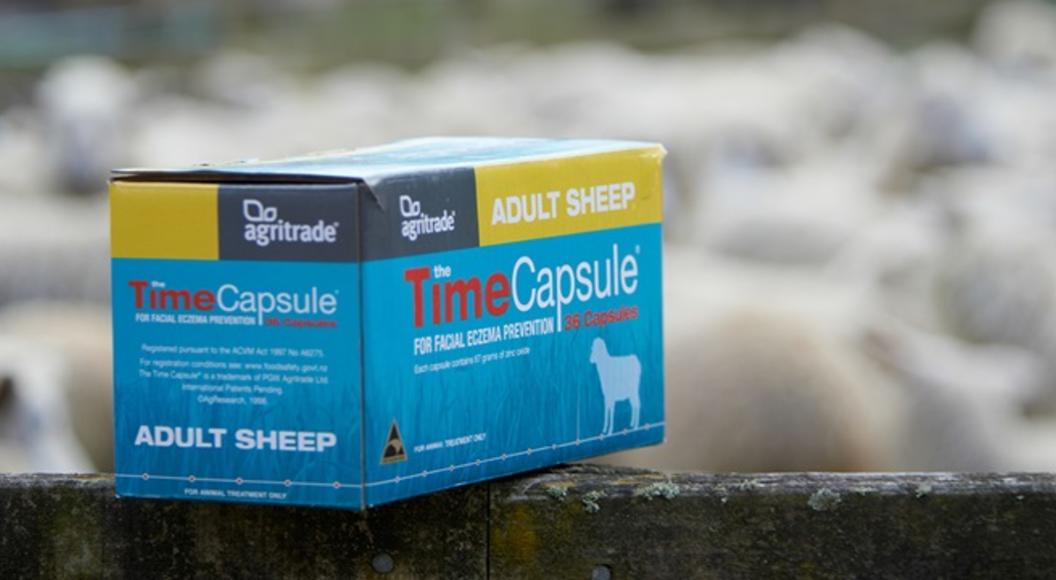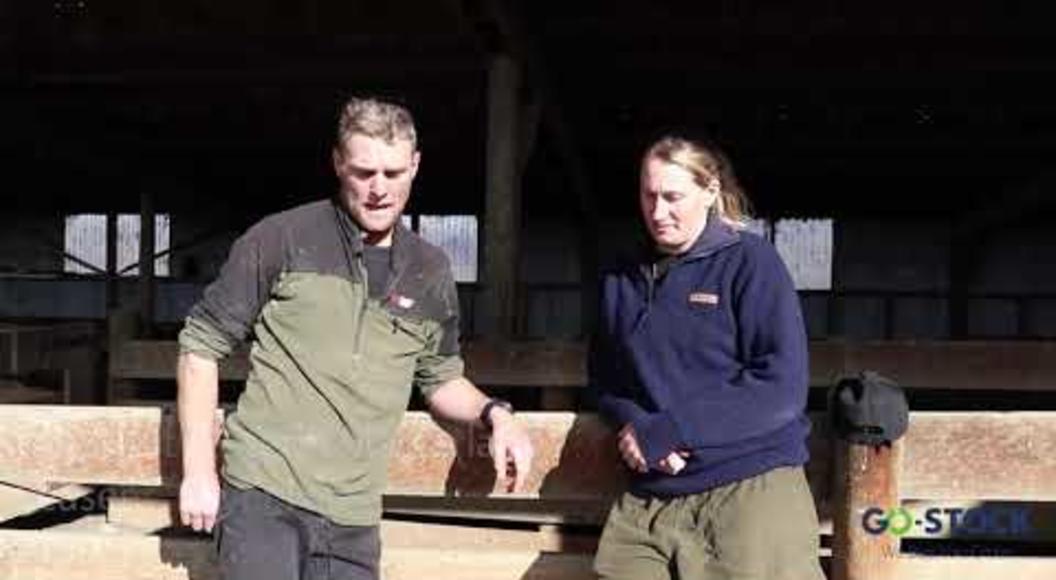
Farm trial demonstrates promising results against clostridial diseases
Clostridial vaccination of sheep and cattle is common on New Zealand farms to protect from diseases such as pulpy kidney, tetanus and black leg.
Lambs are born without antibodies. They depend entirely on the amount and quality of colostrum they drink to obtain disease protection. In the case of multiple lamb bearing ewes, the amount of colostrum in the milk is divided between two or three lambs. MSD/Coopers Animal Health have recently completed a New Zealand trial1 looking at the transfer of clostridial protection from ewes vaccinated pre-lamb to their lambs.
The trial also considered the effect these maternally derived antibodies (MDA) have on the lambs’ protective antibody levels at tailing and weaning. The trial was held on a Wairarapa farm using twin- earing Romney two-tooth ewes. Ewes were given Multine® 5-in-1 or an alternate pre-lamb vaccine at the recommended time of two to four weeks pre-lambing. Their twin lambs were then randomly
allocated to receive either Multine 5-in-1 or an alternate product at tailing, plus a booster of the same product at weaning.
Lambs were blood tested at tailing and before the first vaccination to give an indication of protective MDA levels received from their mothers’ colostrum. They were tested again 14 days after weaning to see how they responded to the course of vaccines they received.
The trial delivered some compelling results. The level of pulpy kidney protective antibodies present in the lambs at tailing and before their first vaccine dose, indicated that the amount of protection passed on from the ewes was more than double whenvaccinated with Multine 5-in-1 compared with the alternate product. Similarly, the Tetanus antitoxin was approximately 30 percent higher.
It is clear that ewes vaccinated pre-lamb with Multine 5-in-1 had protective antibodies transferred to their progeny, which may enhance their lambs’ survival over the risky tailing-weaning period.
ARTICLE SUPPLIED BY MSD/COOPERS ANIMAL HEALTH


